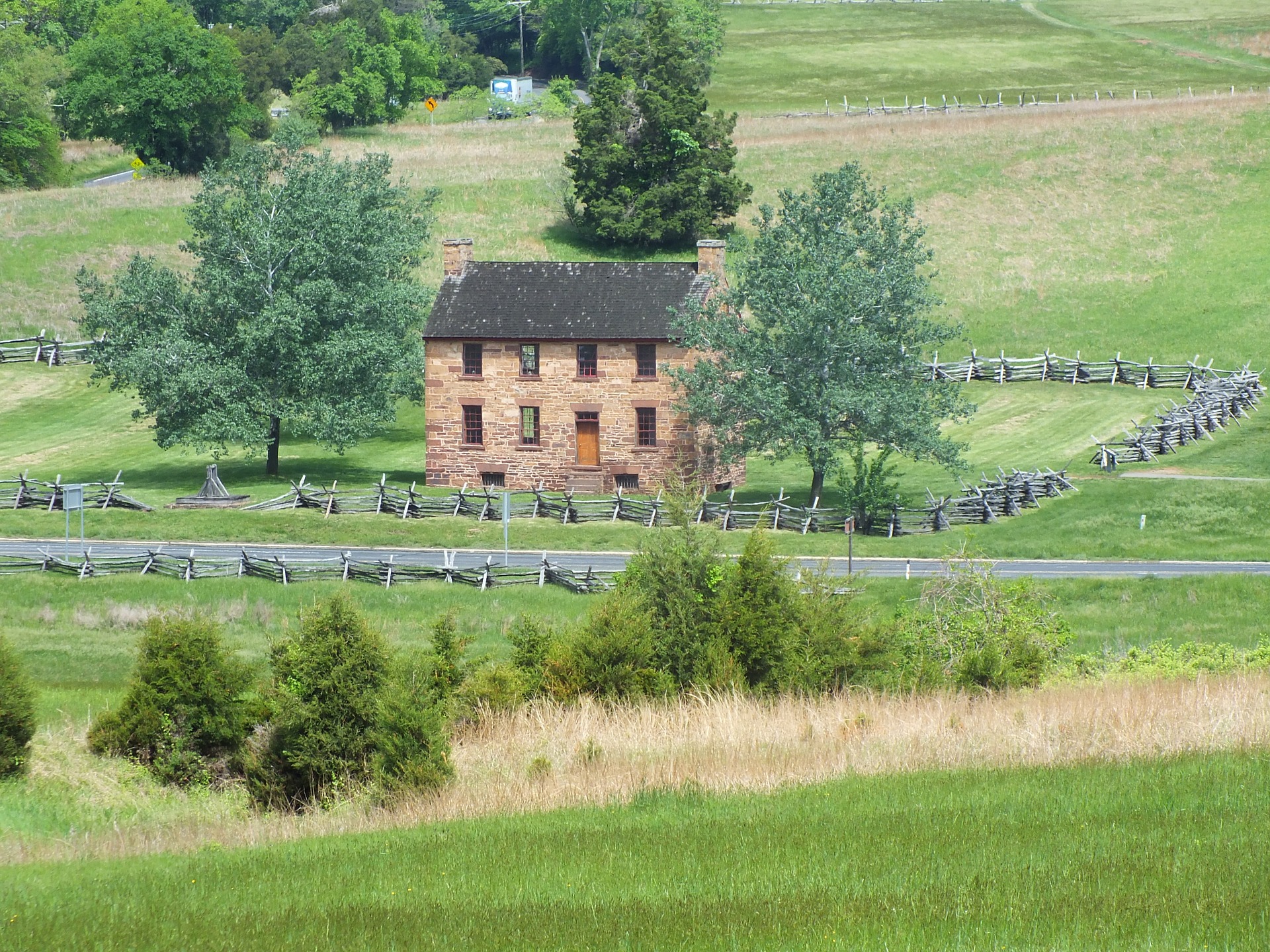Decoding the Creosote Mystery in Manassas, VA: A Detailed Analysis
The sight of a crackling fire in the hearth can be a comforting one, especially during the freezing winter months. However, the beauty and warmth of a fireplace come with its share of responsibilities. One such responsibility is the regular maintenance and cleaning of the chimney, which is crucial to prevent the accumulation of creosote. This complex, often enigmatic substance, is the leading cause of many chimney fires in Manassas, VA, and understanding it can help homeowners prevent dangerous situations.
Creosote is a byproduct of the combustion process that occurs when wood is burned in your fireplace. It forms when volatile gases – that are not completely burned off due to insufficient oxygen – escape into the cooler sections of the chimney, condense, and form residue on the chimney walls. This residue, primarily consisting of tar, is creosote.
Creosote accumulation is a serious issue that can lead to chimney fires if not addressed promptly. A&T Chimney Sweeps fireplace, furnace, dryer vent, gutter cleaning, and repair services in Manassas, VA, have a wealth of experience in dealing with creosote-related problems and offer effective solutions to keep your chimneys clean and safe.
Creosote comes in three stages, each one more dangerous and difficult to clean than the last. The first stage is a light, flaky deposit that can be effortlessly brushed away with a chimney brush. The second stage is more granular and shiny due to a higher concentration of tar, making it harder to remove. The third stage is the most dangerous and is characterized by a thick, tar-like coating that drips down the chimney walls. This stage of creosote is highly combustible and requires professional cleaning.
The amount and type of creosote in your chimney depend on several factors such as the type of wood you burn, the temperature of the fire, and the airflow in your fireplace. Hardwoods like oak and maple produce less creosote than softwoods like pine and fir. A hot fire will result in less creosote than a slow smoldering one. Similarly, a well-ventilated fire will produce less creosote than a fire with restricted airflow.
Understanding these factors is the first step in preventing creosote buildup. However, regardless of the type of wood you use or how you manage your fire, creosote will inevitably accumulate in your chimney over time. Regular chimney maintenance and cleaning are crucial in preventing dangerous creosote buildup and potential chimney fires.
The National Fire Protection Association recommends that chimneys, fireplaces, and vents should be inspected at least once a year. A professional chimney sweep will not only clean your chimney but will also look for any structural issues that could pose a risk. If your chimney has second or third stage creosote, it’s crucial to hire a professional chimney sweep service like A&T Chimney Sweeps. They have the equipment, knowledge, and experience to safely and effectively remove the creosote without damaging your chimney.
Creosote accumulation isn’t just a potential fire risk; it can also lead to other problems. It can cause unpleasant odors, especially in the hot summer months, and can also cause a dangerous condition known as ‘chimney draft.’ This occurs when creosote blocks the flow of air through the chimney, causing smoke and harmful gases to enter your home instead of being safely vented out.
While understanding creosote and its risks is essential, prevention is always better than cure. Regular chimney inspections, proper ventilation, burning the correct wood, and maintaining a safe fire temperature can all help prevent excessive creosote buildup.
FAQs
1. Q: How often should I clean my chimney to prevent creosote buildup?
A: The National Fire Protection Association recommends annual inspections and cleaning.
2. Q: Can I clean the creosote myself?
A: While light, first-stage creosote can be removed with a chimney brush, the more dangerous second and third stages require professional cleaning.
3. Q: Does the type of wood I burn influence creosote buildup?
A: Yes, hardwoods like oak and maple produce less creosote than softwoods like pine and fir.
4. Q: How does creosote cause a chimney fire?
A: Creosote is highly combustible. If the buildup becomes too thick, the intense heat from the fire can ignite the creosote, causing a chimney fire.
5. Q: Can creosote cause other problems besides chimney fires?
A: Yes, creosote can cause unpleasant odors and dangerous conditions like chimney draft, where smoke and harmful gases are vented into your home instead of outside.
In conclusion, creosote is a complex substance with potential dangerous properties if not managed correctly. By understanding its nature, homeowners can take preventive measures to ensure their fireplaces remain safe and enjoyable. Remember, regular inspections and maintenance by professional chimney sweeps like A&T Chimney Sweeps are crucial in keeping creosote under control.








